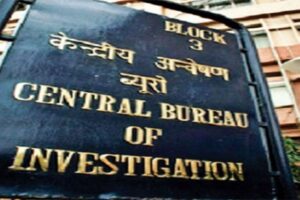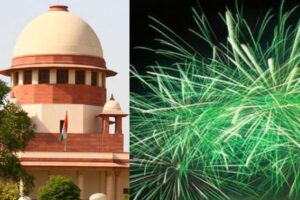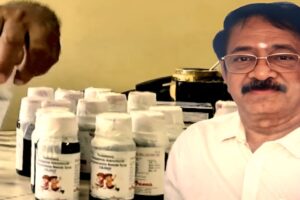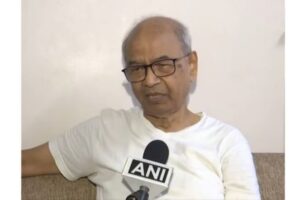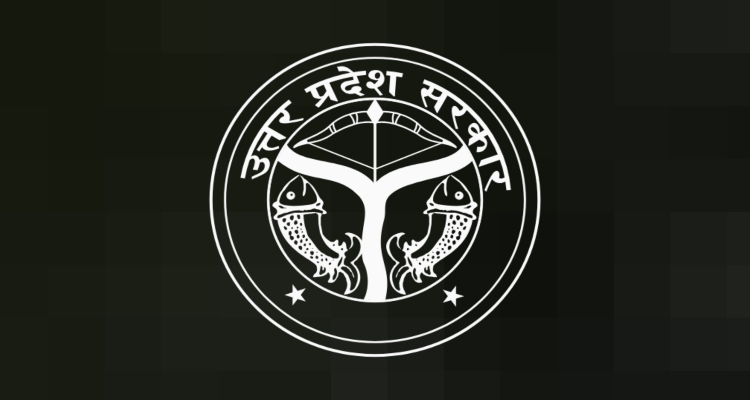
The Uttar Pradesh government has instructed authorities to reopen the investigation into the deadly Sambhal riots, which occurred 46 years ago, following a formal request for a fresh probe.
The order comes after nearly 2 decades of a legal stalemate and mounting pressure from local officials.
The riots, which broke out in Sambhal, then part of Moradabad district, are believed to have resulted in the deaths of at least 184 people. However, the accused were acquitted in 2010 due to insufficient evidence, leaving many families without justice.
Now, in a significant development, the UP government has called for a new investigation and directed local police and administrative officials to submit a detailed report within seven days.
According to sources, the renewed investigation was sparked by a letter written by Member of Legislative Council (MLC) Shrichand Sharma on December 17, 2024, urging the government to re-examine the events of the riot. Responding swiftly to the plea, home secretary Satyendra Pratap Singh took cognizance of the matter on January 6, 2025, instructing Sambhal’s Superintendent of Police (SP), Krishan Kumar Bishnoi, to submit a report within one week. Additional SP Shreesh Chandra has been assigned to lead the investigation, with district magistrate (DM) Rajender Pensiya tasked with appointing an administrative official for a joint inquiry.
The riots erupted in 1976 following the murder of a mosque cleric. The violence escalated on March 28, 1978, when tensions between two communities over a Holika Dahan site ignited widespread unrest. A rumor circulated that a shopkeeper from one community had killed a person from another, intensifying the already volatile situation.
During the riots, several people sought refuge in the office of SDM Ramesh Chandra Mathur, while others hid in the mansion of businessman Banwari Lal, whose family faced dire consequences.
Rioters broke into Banwari Lal’s mansion with a tractor and brutally killed 24 people. As violence spread across nearby villages, the city was placed under curfew for over 30 days. Many more were killed in surrounding areas, and reports suggest that the total death toll could have been as high as 184, with many bodies never recovered, believed to have been replaced with effigies. Among the victims was Banwari Lal himself, who was killed after defying warnings and returning to the riot-affected area, declaring that everyone there was his brother and friend. The rioters brutally murdered him, severing his limbs.
A total of 48 individuals were accused in the riots, but the case ultimately collapsed in 2010 due to a lack of concrete evidence. The judge who acquitted the accused remarked that he found it hard to believe that no one would be held accountable for such horrific crimes.
Banwari Lal’s family, devastated by the loss and the lack of justice, relocated to Moradabad in 1995, leaving behind the memory of a community torn apart by violence.
Now, as the state government moves to revisit the case, there is hope among the families and locals that justice may still be possible, even after decades of waiting. The fresh investigation could bring new revelations to light and hold those responsible accountable.

